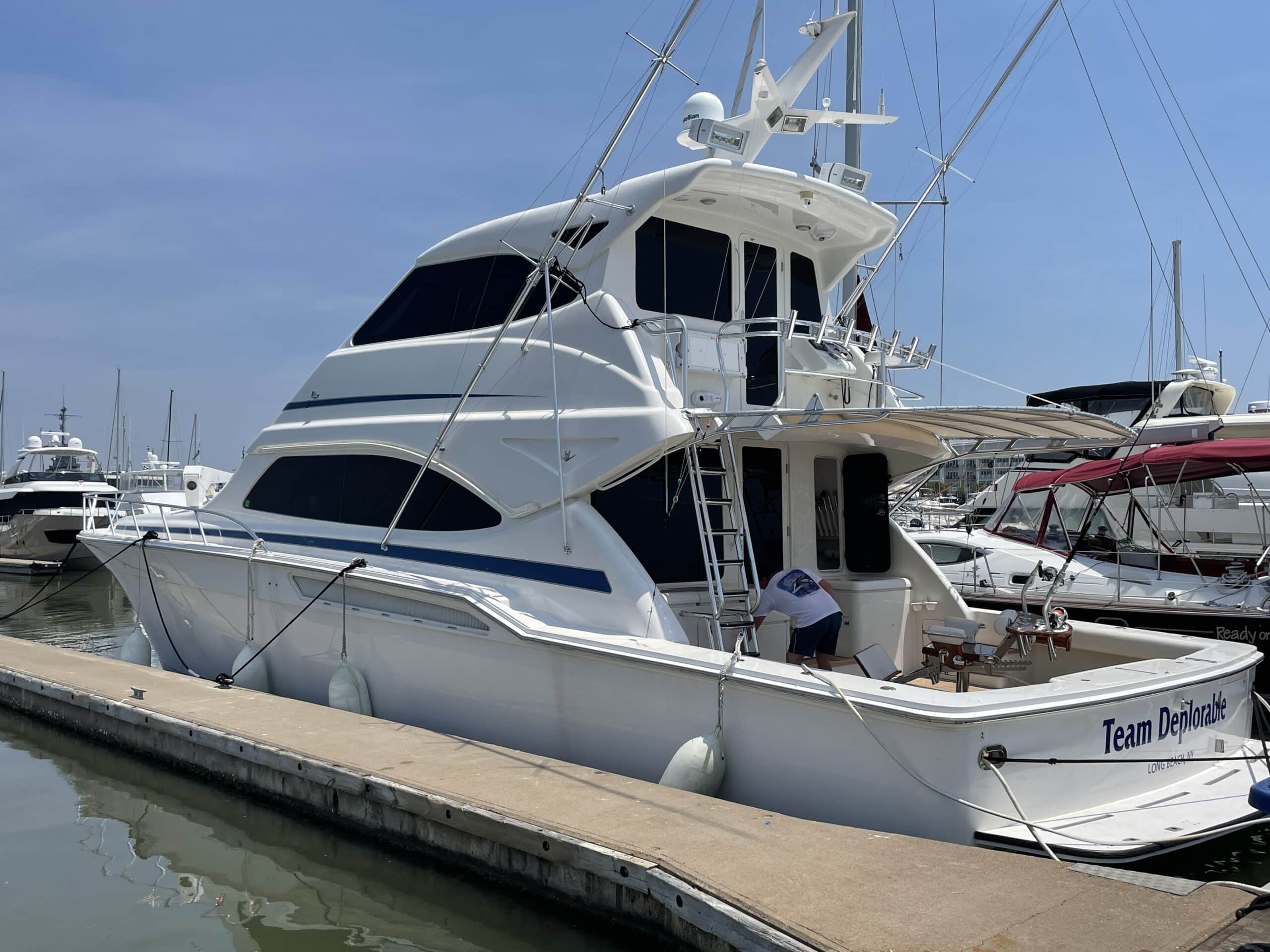Yacht relocation is a specialized task that requires careful planning, expertise, and the right resources. Whether you’re moving your vessel for seasonal use, a yacht show, or simply to explore new waters, selecting the appropriate transport solution is crucial for a seamless transition. This article explores the various aspects of yacht relocation, offering insights into making the right choice for your prized possession.
Understanding Yacht Transport
Yacht transport involves moving a yacht from one location to another, often across great distances and sometimes between continents. This can be done via sea, using a larger carrier vessel, or overland, using trailers and other specialized equipment. The method chosen depends on several factors including the size and type of the yacht, the start and end locations, budget, and time constraints.
Options for Yacht Transport
- Sea Transport:
- Deck Cargo: Your yacht is loaded onto the deck of a larger cargo ship. This method is suitable for long distances and offers a high degree of safety.
- Float-on/Float-off (Flo/Flo): Specialized semi-submersible vessels allow yachts to be floated on and off the carrier. It’s ideal for very large yachts.
- Lift-on/Lift-off (Lo/Lo): Cranes are used to lift yachts on and off the carrier ship. This method is versatile and can accommodate various yacht sizes.
- Overland Transport:
- Trailers: For smaller yachts, overland transport on custom trailers can be a cost-effective option. It requires careful route planning to avoid low bridges and narrow roads.
- Custom Convoys: Larger yachts may need custom solutions, including road closures and escort vehicles.
Factors to Consider When Choosing a Transport Solution
- Size and Type of Yacht:
- Larger yachts might be limited to sea transport options, while smaller vessels can be transported overland or on deck cargo ships.
- Distance and Destination:
- Long-distance relocations often necessitate sea transport, while shorter, regional moves might be more economically done overland.
- Budget:
- Sea transport generally costs more but is essential for certain sizes and types of yachts. Overland can be more budget-friendly for smaller vessels.
- Timeframe:
- Sea transport might take longer, especially if waiting for a scheduled departure. Overland transport can be quicker but depends on the route’s logistics.
- Safety and Insurance:
- Ensure the transport method chosen has a good safety record and offers comprehensive insurance coverage for the entire journey.
Preparing for Yacht Transport
- Survey and Inspection: Conduct a thorough survey of your yacht to identify any pre-existing conditions and prepare it for the journey.
- Remove Personal Items: Secure or remove all personal belongings, loose items, and valuables.
- Documentation: Ensure all necessary customs, insurance, and transport documents are in order.
Selecting a Transport Provider
- Experience and Reputation: Choose a provider with extensive experience in yacht transport and a solid reputation in the industry.
- Customization: Look for providers who offer customized solutions based on your specific needs.
- Customer Service: Good communication and customer service are vital throughout the transport process.
Conclusion:
Seamless yacht relocation requires a blend of careful planning, understanding the available transport options, and choosing a reliable transport provider. By considering the size and type of your yacht, the distance of relocation, budget, and timeframe, you can select the right transport solution that ensures your yacht arrives safely and efficiently at its new destination. With the right preparation and a trusted partner, relocating your yacht can be a smooth and stress-free experience.




